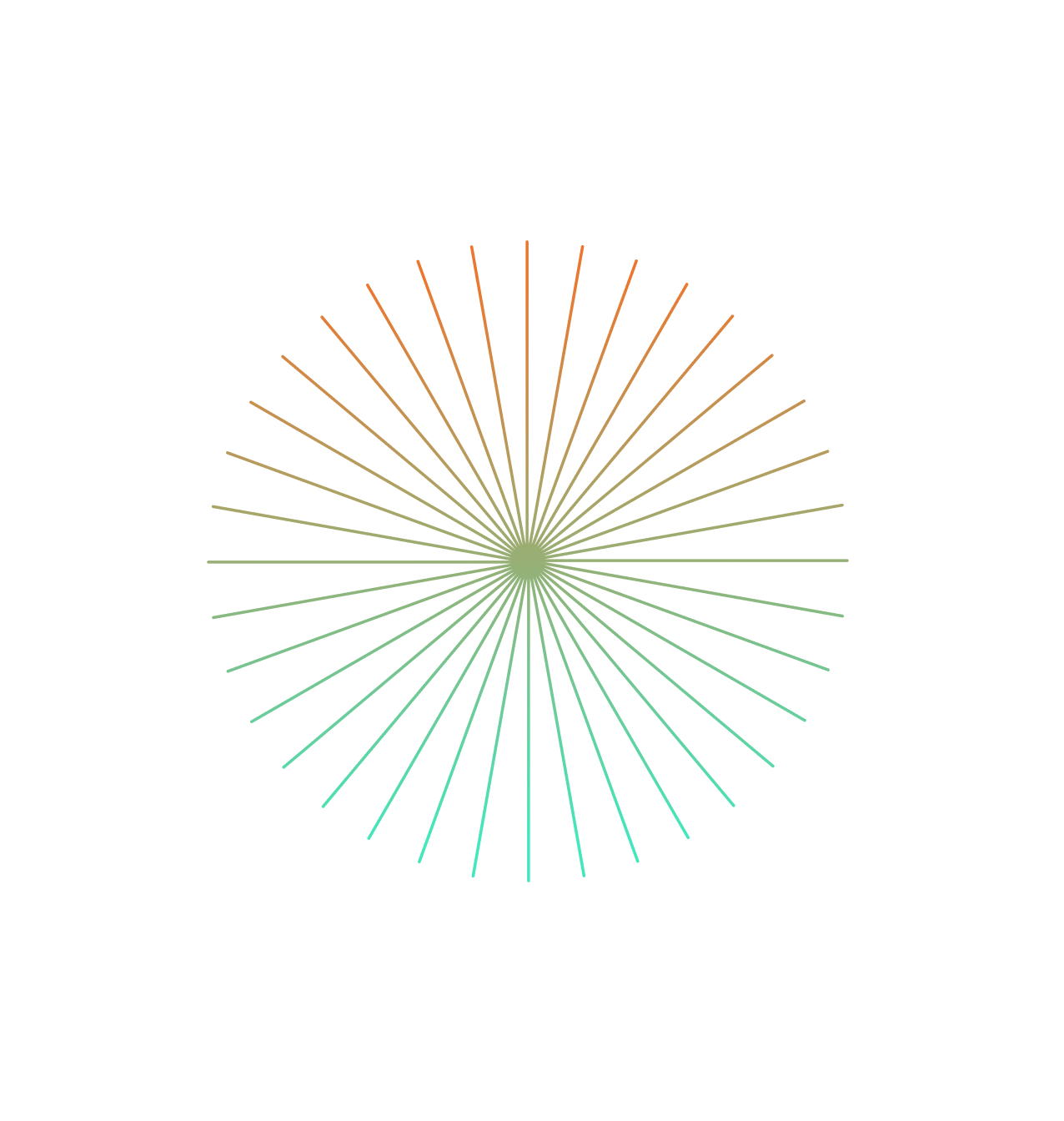When Leadership Behaviour Breaks Down Under Pressure, HR Carries the Risk
Most people issues don’t start as formal complaints.
They start when managers struggle to handle behaviour under pressure — and escalate problems upward instead.
We help HR identify where leadership behaviour is breaking down, who needs support, and how urgently, so you can intervene early and reduce risk.


What HR Ends Up Carrying When Managers Can’t Handle People Issues
When managers avoid difficult conversations or react defensively under pressure, issues don’t disappear, they escalate.
HR becomes the holding space for unresolved behaviour, increasing exposure to grievances, inconsistency, and legal risk long before anything formal happens.
The result:
Toxic team dynamics that drag performance.
Engagement scores flat despite repeated investment.
Stress and burnout driving absence, ER cases, and churn.
HR stuck in reactive work that should never have reached them.
Off-the-shelf leadership programmes don’t fix this. Because they don’t change how leaders show up when it matters.
Why behaviour actually changes
Behaviour doesn’t change through awareness alone.
It changes when leaders understand the impact they have on others, and have a shared language to adapt in real time.
Our work focuses on:
Helping leaders recognise how they show up under pressure.
Building a shared behavioural language across leadership levels.
Creating practical accountability at the lowest possible level.
Reducing friction before it escalates into HR intervention.
This isn’t about fixing people. It’s about stabilising leadership behaviour across the system.


What Organisations Notice First:
Fewer leadership issues escalating into HR.
Less reactive People work, more strategic capacity.
Managers resolving issues directly and consistently.
Teams using a shared language to challenge behaviour.
Increased efficiency without additional HR headcount.
What Changes When Behaviour Is Diagnosed Early
79% reduction in staff churn within six months
(Based on HR-tracked recruitment demand)
150% increase in production output year-on-year
(Measured via COO-owned operational data)
54% reduction in stress-related sickness absence in under six months
(Based on HR absence records)

Designed to scale beyond the individual
Organisations don’t need another charismatic facilitator.
They need a system that works even when external support steps back.
Our approach embeds:
Shared behavioural standards.
Common language leaders use with each other.
Practical tools managers apply daily.
Internal ownership at every level.
The result is behaviour change that lasts because it’s no longer dependent on one person.


Who we work with
We work with organisations who:
Are done investing in leadership programmes that don’t stick.
Need measurable behaviour change, not good feedback scores.
Want accountability to live in the organisation — not in HR.
Are serious about reducing friction, stress, and performance drag.
This is not for organisations looking for:
One-off workshops.
Generic leadership content.
Tick-box development activity.
Start with a diagnostic conversation
We’ll help you clarify:
Where leadership behaviour is breaking down.Bullet List 2
What it’s costing the organisation.
Whether our approach is the right fit.
No obligation. No pitch deck. Just clarity.

What Our Customers Say

© One Degree Training & Coaching Ltd 2022-2026
Company No: 14053252 | VAT Reg No: GB 428 995 340
One Degree Training & Coaching Ltd is registered in The United Kingdom at One the Brayford, 20 Brayford Wharf North, LINCOLN, Lincolnshire, LN1 1BN
Web designed by Eleventra.










